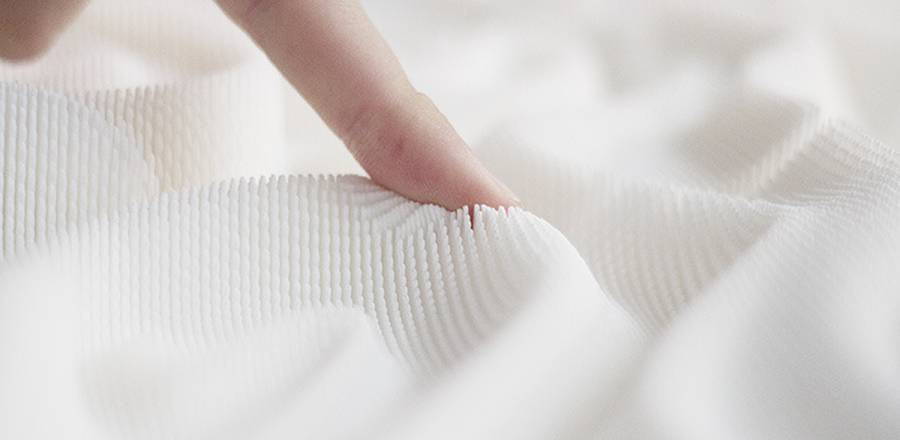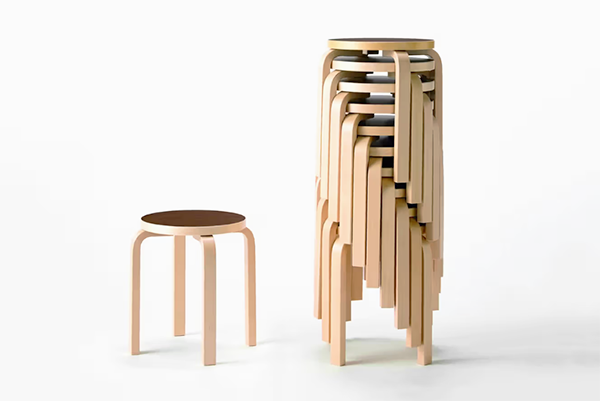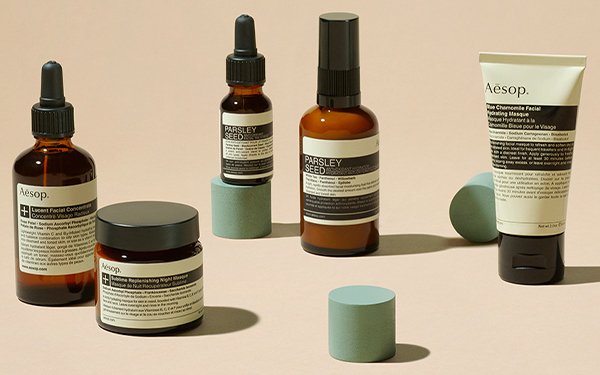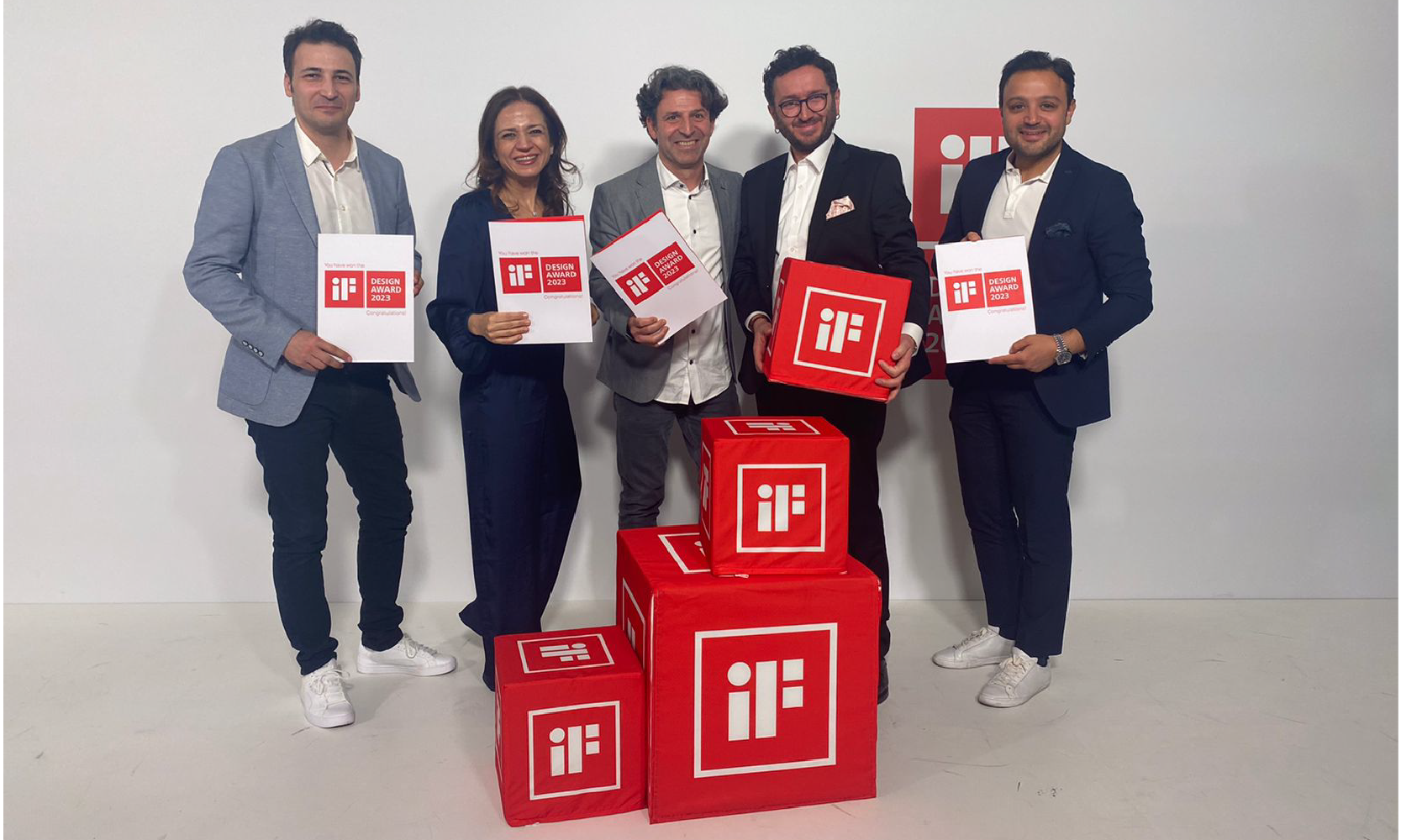CMF impact and tactility express the sensory feeling that the quality of surfaces and material properties leave in our minds through touch. They allow us to perceive the physical characteristics of a product and make sense of them by associating them with past experiences. Including these elements in design can create a more interesting and memorable experience for the user, helping them establish stronger emotional connections with products and brands. Studies have shown that incorporating texture and tactility into design can have significant effects on consumer behavior, such as strengthening brand loyalty, increasing product purchase tendencies, and even being willing to pay more. A study by Miami University showed that adding a tactile element such as embossed text or textured coating to packaging significantly increased a product’s perceived value and attractiveness.
CMF Effect and Tactility in Product Design

CMF (Color, Material, Finish)
Today, Color (C), Material (M), and Finish (F) design have become a specialized discipline. Many brands are investing heavily in this area of design. CMF examines the effect of a product or object’s elements such as color, material, and surface properties on human emotions and sensory perception. It is an important part of product design and product strategy.
In creative fields such as fashion, interior design, and product design, the impact of texture and material on user experience has been recognized in addition to the physical qualities of products. Developing tactile properties that support conceptual design and align with the product story is an important step. For example, in the fashion industry, the texture of a fabric greatly affects the perceived quality of a garment. In an industrial product, an innovative texture application on a material can elevate a mundane plastic to a high-tech perception. However, incorporating texture and tactility into design can also bring additional costs for special material use or production processes. Weighing the potential benefits against the necessary investment and ensuring its use is aligned with the overall brand strategy and target market is important. The “Color Material Finish” concept has become an important strategic step in the design process.
CMF design and its importance:
In CMF design, designers determine the product’s color, material, and coating properties. These elements are designed together with the product’s basic elements such as function and form. The composition of color, texture, and material, like the form-function relationship, is also a determining factor in the success of design. Designs that make the product visually appealing and guide the user with tactile properties and strengthen the product description with color codes are elements that contribute to the product’s success. Many brands use these features to create continuity in their product range and contribute to their design tradition. Users associate a texture, material, or color composition they encounter with the brand. With this understanding, a designed aesthetic is created that strengthens the brand’s values and identity.

Let’s provide details about the three basic elements of CMF:
Color:
Color is a crucial aspect of CMF design as it can affect the user’s mood, perception, and emotional response. The right color can highlight a product, create a brand identity, or enhance the functionality of a product. CMF designers can choose colors based on cultural associations, color trends, or a brand’s color palette. Additionally, color codes may represent certain actions or functions in different cultures, leading the user to perform a specific action when placed on a product.
Material:
Material refers to the physical quality of a product, such as metal, plastic, wood, or leather. Material selection is primarily determined by the product’s functionality, usage, and conditions. Functional characteristics, such as resistance to heat, water, or wear and tear, are prioritized. Additionally, durability, perceived hardness and softness, and the texture that reflects the material are choices that complete the design that influences the user’s tactile perception. CMF designers explore creative solutions by combining different materials to enhance the tactile experience. The designer’s preference shapes the product’s market positioning through material solutions that support the perception of an economical product.
Finish:
Finish refers to the surface treatments of a product, such as matte, glossy, or textured. Coatings can affect the overall appearance and feel of a product, reflecting different qualities such as luxury, durability, or high technology. CMF designers choose finishes that are compatible with the selected color and material, according to the desired aesthetic effect. CMF design explores innovative materials and experiments with them in the design process to create unusual applications. By choosing colors, materials, and finishes intelligently, CMF designers create products that are functional and aesthetically pleasing, in line with the brand’s values.
We encounter many successful examples of CMF (color, material, finish) design today, using their products. In addition to their fundamental functions, a few examples of brands that provide new experiences with their features are:
1. Apple & iPhone Designs:
Apple is known for its stylish and minimalist product designs that are carefully crafted using CMF (Color, Material, Finish) specifications. The company often develops innovative materials and striking manufacturing practices for its products. It uses anodized aluminum coatings that provide scratch resistance and create a high-end futuristic look. Its use of glass surfaces emphasizes the focus on technology. Apple products also use a limited color palette, including white, silver, and space gray, reflecting simplicity and sophistication. Particularly in its iPhone products, the brand has long emphasized the CMF concept in product introductions, developing materials, technology, and design features in harmony.
2. Nike; Sports Shoes:

Nike has an innovative and trend-setting approach to CMF (Color, Material, Finish) impact and tactility in their designs. Nike designers carefully select colors, materials, and finishes to enhance the aesthetic appearance of their products, improve the user experience, and reflect the brand identity. Each series offers new value to users through carefully developed material and texture studies. The texture characteristics it creates, laminated structural materials of different types, and surfaces that create holographic effects highlight Nike’s innovative design approach. CMF features have become an expectation for loyal Nike users with each new Nike series.

3. Muji; Minimalist Furnitures:
Muji is a Japanese brand that focuses on minimalist and functional design. Their furniture products often use natural materials such as wood and metal in simple and clean lines. Surfaces are usually matte or lightly textured, which contributes to the products’ tactile appeal. Muji embraces a natural and simple aesthetic in furniture design. The designs prioritize functionality, characterized by simplicity, natural materials, and minimalist lines. Muji designers use expected clean textures and calming material choices to create a refined design approach that brings a sense of naturalness and tradition to the user.

4. Tesla Model S:
The Tesla Model S electric car is a stylish and futuristic car that has received praise for its design. Tesla promises more than just a car with its products, but also technological products and services. They use simple, flat, and purified surfaces that go beyond the expectations of a typical car user for their interior. The spacious and airy cabin features high-quality materials, leather upholstery, and modern tactile features like a high-resolution touch screen. The Model S’s iconic “Autopilot” feature is equipped with advanced technologies such as driver support systems and a high-tech infotainment system.

5. Aesop; Skin Care Packaging:
Aesop is a brand famous for its natural and luxurious cosmetic products, and uses tactility in its packaging design. Product packaging usually consists of combinations of glass or materials that give a glass-like transparency. The brand integrates the colors of amber glass with the effects of cosmetics and medicine. The labels emphasize naturalness with textured and natural-feeling paper materials. In flexible cream packaging, a soft-touch texture enhances the softness and silkiness effect. When users hold and use the product packaging, they are met with a tactile experience.
CMF (color, material, finish) and tactility are an integral part of the design process. In product development, designers and CMF experts work together for holistic design success.
 Primitive Use of Artificial Intelligence: A Look from Past to Present
Primitive Use of Artificial Intelligence: A Look from Past to Present  The Future of Medical Design
The Future of Medical Design  A Night Full of Prizes: Celebrating 4 Wins at iF Design Awards 2023
A Night Full of Prizes: Celebrating 4 Wins at iF Design Awards 2023